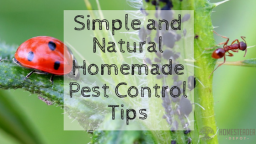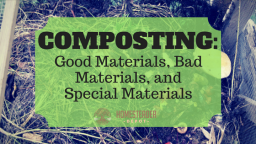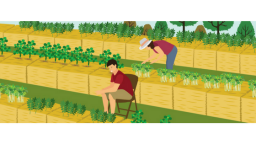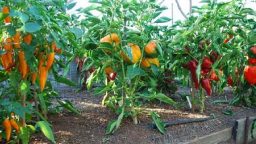Most homesteaders have gardens. In fact, they have large gardens and they rely on the food they grow to feed their family throughout the year. If that sounds like you, then you know just how problematic it can be when you have pests that try to take hold and destroy your crops. Fortunately, there are some natural methods you can use to combat those pests. Here are some of the ways to get control of your garden once more so you do not have to worry about bugs and slugs ruining your harvest.
Slugs can be a real pain, and they often feed on leaves and on seedlings. During the rainy season, they can be a real problem. You can use a range of methods to deal with the slugs, including essential oils. Some of the essential oils that can help to repel slugs include peppermint and cedarwood. Place five to six drops of the oils into about a cup of water, and then spray around the bottom of the plants. It can help to keep them away. If you notice slugs on the plant at the time of spraying, you can remove them by hand.
A good way to keep other pests away from your plants is to add 12 ounces of water along with about 10 drops of peppermint essential oil, one tablespoons of liquid dish soap, two cloves of minced garlic, and a tablespoon of cayenne into a container. Mix it well and let it sit for about a full day. Strain it and then add it to a spray bottle. Spray this on the plants that are having problems with the pests about two to three times per week, and always after a rain.
These are just a couple of simple tips to help you deal with pests in the garden. It is a constant battle, but you can have the upper hand.
If you enjoyed this, you might also like….









